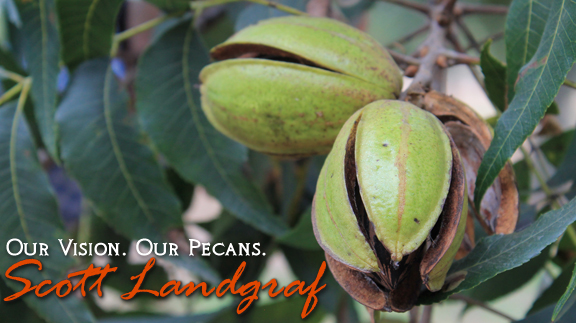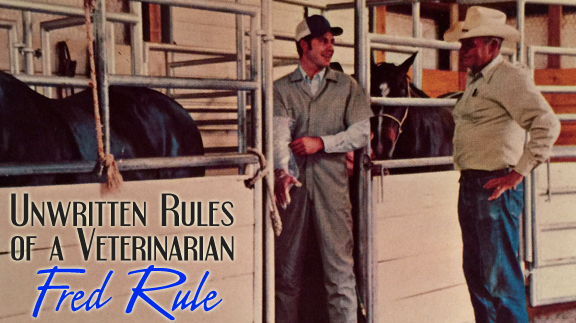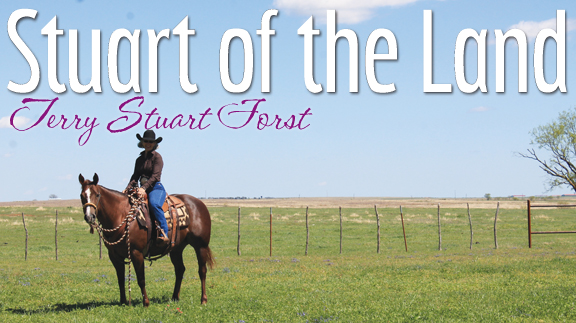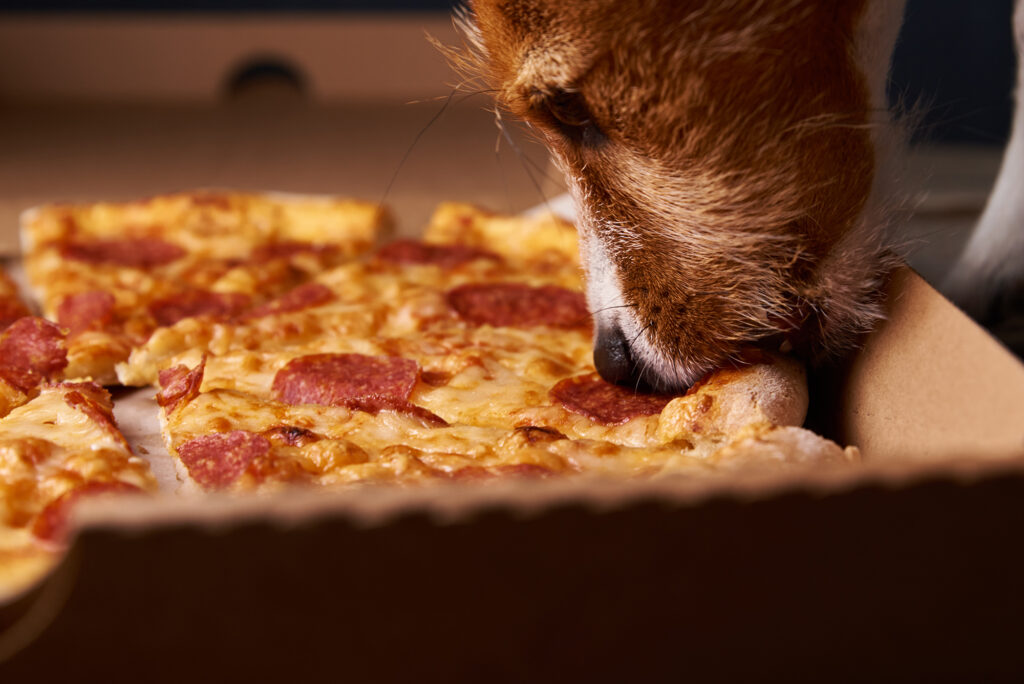Country Lifestyle
FAPC offers food safety tips for your Thanksgiving menu
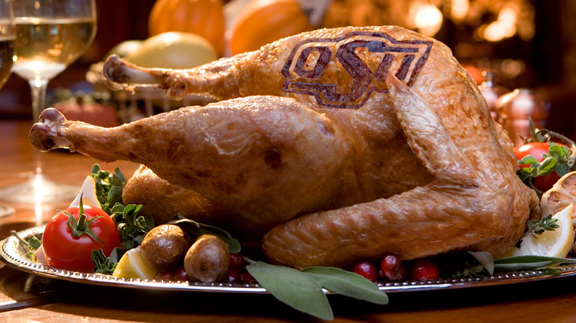
By Mandy Gross, FAPC Communications Services Manager
(Stillwater, Okla. – Nov. 7, 2017) Thanksgiving Day is quickly approaching, and many Oklahomans will be preparing holiday meals for their families and friends. But don’t let food poisoning be on the menu this year.
“Every year in the United States, approximately 48 million people get sick because of some form of foodborne illnesses,” said Ravi Jadeja, food safety specialist for Oklahoma State University’s Robert M. Kerr Food & Agricultural Products Center. “Of those, 128,000 are hospitalized or need medical attention and, unfortunately, 3,000 people die every year.”
FAPC offers the following tips to keep your family safe this festive season.
Food handling
- Buy only government-inspected meat and poultry products, and check the “sell-by” date on all food purchases. Never buy products if the expiration dated has passed.
- Wash your hands thoroughly before and after preparing any food product.
- Use two cutting boards: one for preparing raw meat, poultry and fish, and the other for cutting cooked food or preparing salads.
Food preparation
- Never thaw the turkey on the counter. Thawing at room temperature increases the risk of bacteria growth at the surface of the meat even though the interior may still be chilled.
- Thaw the turkey in its original wrap on a tray placed in the bottom section of the refrigerator. Allow approximately 24 hours of defrost time for every five pounds of turkey.
- Thawing the turkey in cold water is safe. Submerge the bird in its wrapper in a deep sink of cold water and change the water every 30 minutes to keep it cold. Allow 30 minutes per pound to defrost a turkey in cold water.
Stuffing the turkey
- Do not stuff the turkey in advance. The chilled stuffing in the turkey will not reach a safe temperature before the turkey is done.
- Remove the giblet bag from inside the turkey before stuffing.
- Stuffing must be cooked to a minimum temperature of 165 degrees Fahrenheit.
- Precook the stuffing, so it will reach the optimum temperature before the turkey is overcooked.
- Stuff the turkey lightly because the stuffing will expand as it is cooked in the turkey. If it is too tightly packed, it will not reach a safe temperature by the time the turkey is done. Do not use more than 1/2 or 3/4 cups stuffing per pound of turkey. If you are cooking a 16-pound turkey, use no more than 8 to 12 cups of stuffing.
- An alternative is to cook stuffing in a pan to ensure the interior of the turkey is safe.
Cooking the turkey
- Use a meat thermometer to determine when the turkey is done.
- Insert the thermometer in the thickest part of the turkey thigh. Be aware dark meat takes longer to cook than any other part.
- The turkey is done when the thermometer reaches 165 degrees Fahrenheit.
- Basting the turkey while it is cooking is not necessary. Basting tools could be sources of bacteria contamination if dipped into uncooked or undercooked poultry juices and then allowed to sit at room temperature for later basting.
- Do not cook a turkey overnight in an oven set at a low temperature. Cooking a turkey at a temperature below 325 degrees Fahrenheit allows harmful bacteria to multiply.
- Once the turkey is done, remove the stuffing immediately.
- If you purchase a fully cooked turkey, pick it up hot and bring it home to eat immediately.
Storing leftovers
- After the meal remove all meat from the turkey carcass. This should be done within two hours of the turkey’s removal from the oven.
- Leftovers should be stored in the refrigerator within two hours after cooking is complete.
- Leftovers should be divided into smaller portions and stored in several shallow containers. They should be eaten within three to four days.
- If large amounts are left, consider freezing for later use. Do not wait until the leftovers have been in the refrigerator for several days to freeze. Frozen leftovers should be eaten within six months.
Eating leftovers
- Reheat leftovers to 165 degrees Fahrenheit throughout or until steaming hot. Soups, sauces and gravies should be brought to a rolling boil for at least one minute.
- Never taste leftover food that looks or smells strange. When in doubt, throw it out.
For more information about Thanksgiving food safety tips, visit https://youtu.be/dF0U6xQ8NPM.
FAPC, a part of OSU’s Division of Agricultural Sciences and Natural Resources, helps to discover, develop, and deliver technical and business information that will stimulate and support the growth of value-added food and agricultural products and processing in Oklahoma.
-###-
Country Lifestyle
Riding for the Brand
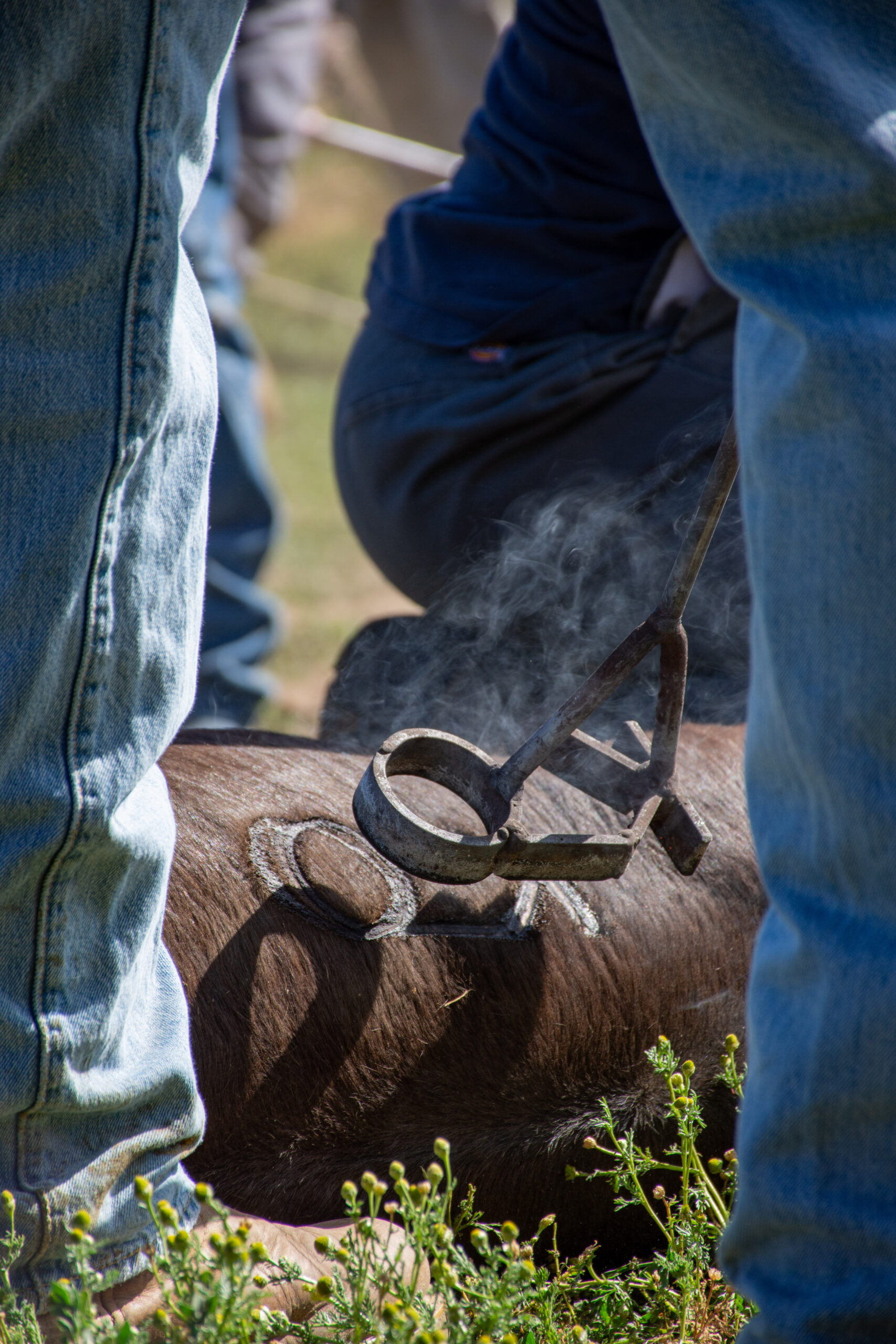
By: Christopher Dysinger
According to the Code of the West a man who has integrity is one who rides for the brand. If you are unfamiliar with cowboy parlance this phrase is used to describe being loyal to the outfit you work for. Cowboys were, “intensely loyal to the outfit they were working for and would fight to the death for it. They would follow their wagon boss through hell and never complain.” -Teddy Blue Abbot. Riding for the brand means being loyal and when I consider what it means to be loyal I am reminded of the words of the Lord Jesus to His disciples in Matthew 16:24, “Then said Jesus unto His disciples, If any man will come after Me, let him deny himself, and take up his cross and follow Me.” To me, to take up the cross and follow the Lord is the epitome of what it means to ride for the brand.
When you place your trust in the Lord Jesus you are signing on to His outfit, to speak the language of the West. When you called upon the name of the Lord Jesus by faith, He saved you and from this point you are riding for His brand. In taking up your cross and following Him you have pledged to be loyal, and this means you face any hardship or trial like a cowboy on the trail moving the herd. Any complaint must be swallowed in the same way you would swallow a cup of coffee. When I hear our faith and loyalty to the Lord Jesus put into these terms it stirs something within me that moves me to keep right on riding for the brand.
Louis L’amour wrote, “Riding for the brand was an expression of loyalty to a man’s employer or the particular outfit he rode for. It was considered a compliment of the highest order in an almost feudal society. If a man didn’t like a ranch or the way they conducted their affairs he was free to quit, and many did; but if he stayed, he gave loyalty and expected it. A man was rarely judged by his past only by his actions. Many a man who came west left things behind him he would rather forget, so it was not the custom to ask questions. Much was forgiven if a man had courage and integrity and if he did his job. If a man gave less than his best, somebody always had to pick up the slack, and he was not admired.” It is the same when a person gives his or her heart to Jesus.
When you come to the Lord Jesus you are not judged by your past. When you come to the Lord Jesus, repenting of sin and seeking forgiveness, everything from your past is left behind. All will be forgiven. 1 John 1:9 reads, “If we confess our sins, He is faithful and just to forgive us our sins, and to cleanse us from all unrighteousness.” When you place your faith in the Lord Jesus you are promising to be loyal and in return you will receive the same. He has promised that He will never leave us or forsake us. When you walk with the Lord Jesus through life you are indeed, “riding for the brand.”
“Riding for the brand” is not just an expression of loyalty nor is it just an expression of pride, it is also an expression of love. When a cowboy claims to be riding for the brand, he is telling any other outfit who may seek his loyalty, that he cannot give it, because he has given his word to another. It is the same when we pledge our faith and loyalty to the Lord Jesus. If any would call us away from Christ we cannot go, because we are riding for the brand.
The End
This article is an excerpt from the book, The Bible and the Code of the West by Dr. Christopher Dysinger.
Country Lifestyle
Farm Dogs & Table Scraps
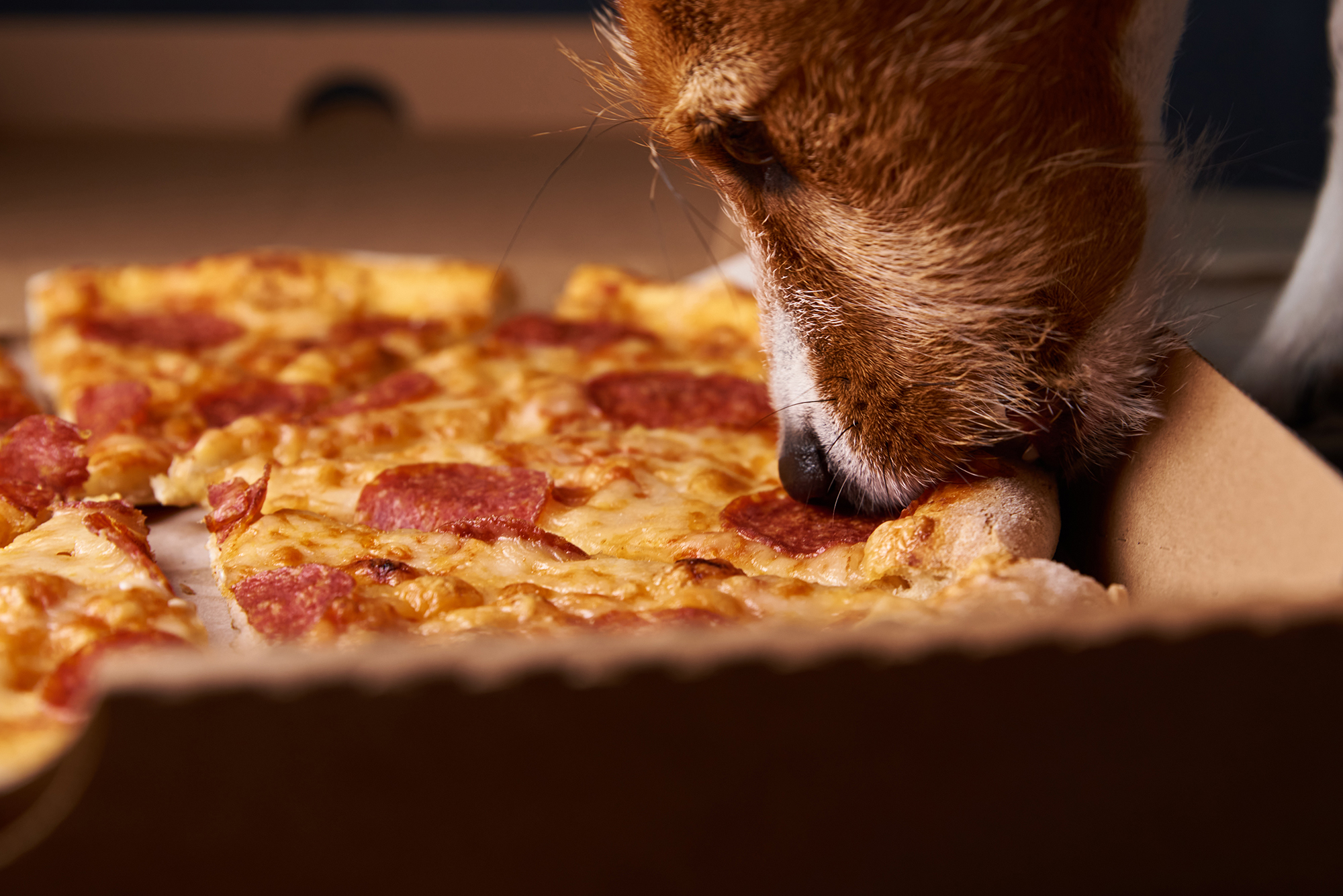
What’s Safe and What’s Not?
Growing up on a farm, our dogs were tough. They roamed the pastures, slept under the barn, and ate just about anything they could get their paws on—whether we meant for them to or not. I’ll admit, I never thought twice when one of our old cow dogs snatched a biscuit off the table or licked up a spill from the barn floor. I’ve even seen a dog steal a whole rib bone off a plate and trot off like he’d won the lottery. And somehow, they always seemed fine.
But here’s the thing—just because they survived doesn’t mean it was safe. For every farm dog that lucked out, there’s another that wasn’t so fortunate. Some human foods can be downright toxic to dogs, and a little bit of bad luck (or a smaller, more sensitive dog) can turn a harmless snack into an emergency.
Common toxic foods lying around the farmhouse
If you’ve got a farm dog—or any dog, really—you need to be aware of the dangers lurking in everyday foods. Some of the biggest culprits include:
Chocolate – The darker it is, the worse it is. Even a little can cause vomiting, seizures, or worse.
Grapes & Raisins – No one’s exactly sure why, but they can cause kidney failure fast.
Onions & Garlic – In large enough amounts, these can destroy red blood cells, leading to anemia.
Xylitol (Found in Sugar-Free Gum & Candy) – This artificial sweetener can send a dog’s blood sugar crashing and cause liver failure.
Alcohol – Even small amounts can be deadly to dogs, affecting their nervous system much more than it does ours.
Bones from Cooked Meat – While not necessarily toxic, they can splinter and cause serious internal injuries.
Macadamia Nuts – These can lead to weakness, vomiting, and even paralysis in dogs.
What to do if your dog eats something toxic
First, don’t panic—but don’t ignore it either. If you know your dog ate something dangerous, call your vet immediately. They can tell you whether to induce vomiting or if it’s something that requires urgent care. If it’s after hours, contact the ASPCA Animal Poison Control Center (888-426-4435) or the Pet Poison Helpline (855-764-7661).
Prevention is always the best medicine, so keep toxic foods out of reach. That might mean keeping the trash can secured, making sure kids don’t slip the dog a treat under the table, or just being more mindful of what’s left on the counter.
Our farm dogs might have been lucky, but luck isn’t a great strategy when it comes to their health. A little awareness goes a long way in making sure they stay happy, healthy, and ready for the next day’s work.
For more information
ASPCA Animal Poison Control: www.aspca.org/pet-care/animal-poison-control
Pet Poison Helpline: www.petpoisonhelpline.com
Visit www.akc.org/expert-advice/nutrition/foods-your-dog-should-never-eat
Country Lifestyle
Summer Squash and Corn Chowder
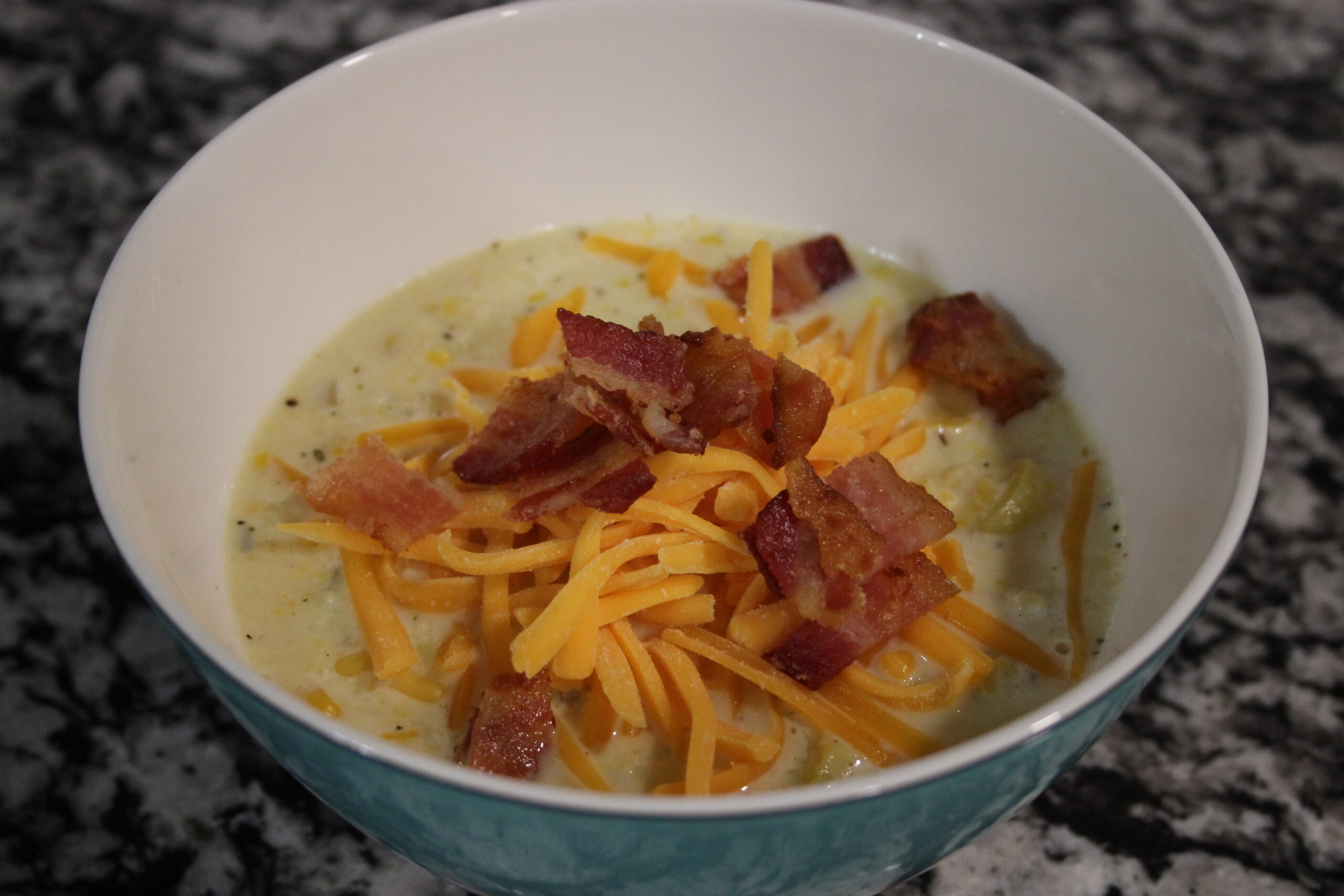
By Lacey Vilhauer
Total time: 40 minutes
Servings: 6-7
Ingredients
- 6 slices bacon, cooked and crumbled and 1 1/2 Tbsp rendered bacon fat reserved
- 1 1/2 lbs yellow squash, chopped (about 3 medium)
- 2/3 cup thinly sliced celery
- 1 cup diced onion
- 1 Tbsp flour
- 2 cloves garlic, minced
- 2 3/4 cup milk (I used 1%)
- 5 cups canned or fresh cut corn (from about 6 ears corn), divided
- 1/2 cup heavy cream
- 1 1/2 tsp chopped fresh thyme (or 1/2 tsp dried)
- 3/4 tsp salt, then more to taste
- 1/4 tsp freshly ground black pepper, then more to taste if desired
- 3/4 cup shredded cheddar cheese, for serving
- Chopped green onion for garnish (optional)
Instructions
Heat 4 tsp reserved bacon fat in a large pot over medium-high heat. Add celery and onion and sauté 2 minutes then add the squash.
Saute until tender, about 6 minutes, adding in garlic and flour during last 2 minutes of sauteing. Reduce heat slightly.
Add 1 1/2 cups milk, 2 cups of the corn, thyme, salt and pepper to the sauteed veggies.
To a blender add remaining 3 cups of corn, remaining 1 1/4 cups milk and the cream. Process in blender until nearly smooth (about 30 seconds).
Add pureed mixture to pot and stir to blend. Cook until mixture reaches a light boil.
Serve warm with shredded cheese, crumbled bacon and sliced green onions if desired.
-

 Attractions8 years ago
Attractions8 years ago48 Hours in Atoka Remembered
-

 Country Lifestyle9 months ago
Country Lifestyle9 months agoJuly 2017 Profile: J.W. Hart
-

 Country Lifestyle9 years ago
Country Lifestyle9 years agoThe House a Treasure Built
-

 Country Lifestyle4 years ago
Country Lifestyle4 years agoThe Two Sides of Colten Jesse
-

 Outdoors7 years ago
Outdoors7 years agoGrazing Oklahoma: Honey Locust
-

 Equine8 years ago
Equine8 years agoUmbilical Hernia
-

 Outdoors5 years ago
Outdoors5 years agoPecan Production Information: Online Resources for Growers
-

 Farm & Ranch7 years ago
Farm & Ranch7 years agoHackberry (Celtis spp.)


